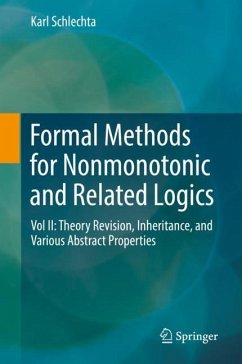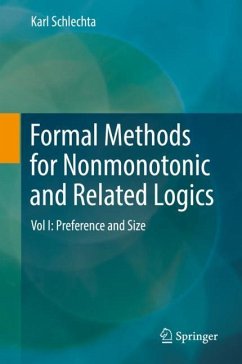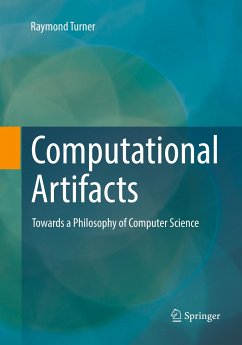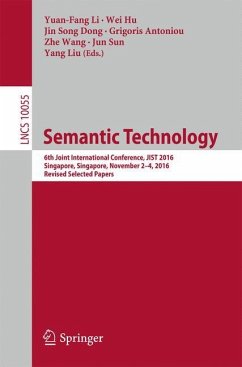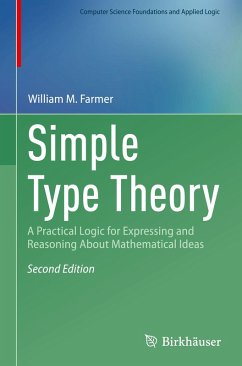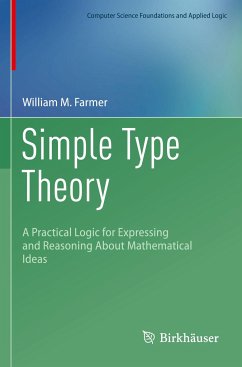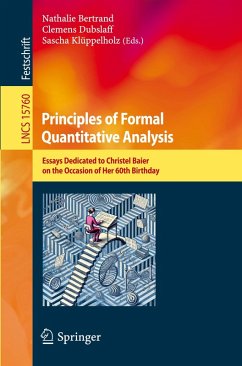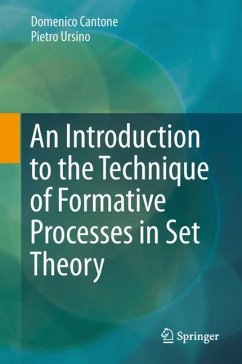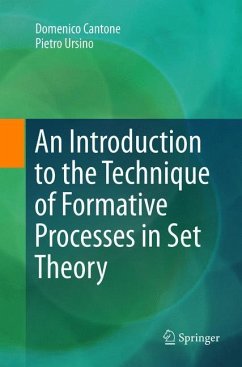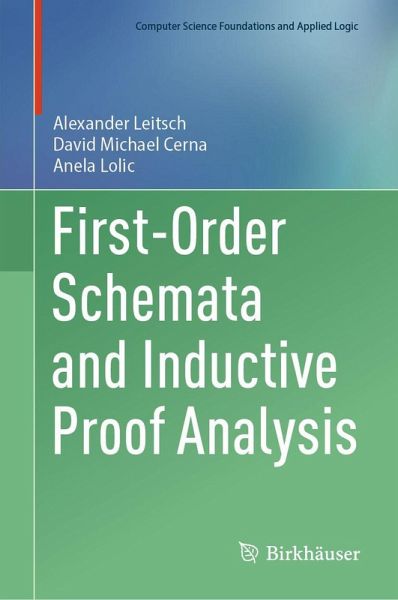
First-Order Schemata and Inductive Proof Analysis
Versandkostenfrei!
Versandfertig in 6-10 Tagen
119,99 €
inkl. MwSt.

PAYBACK Punkte
60 °P sammeln!
Schemata are formal tools for describing inductive reasoning. They opened a new area in the analysis of inductive proofs.The book introduces schemata for first-order terms, first-order formulas and first-order inference systems. Based on general first-order schemata, the cut-elimination-by-resolution (CERES) method developed around the year 2000 is extended to schematic proofs. This extension requires the development of schematic methods for resolution and unification which are defined in this book. The added value of proof schemata compared to other inductive approaches consists in the extens...
Schemata are formal tools for describing inductive reasoning. They opened a new area in the analysis of inductive proofs.
The book introduces schemata for first-order terms, first-order formulas and first-order inference systems. Based on general first-order schemata, the cut-elimination-by-resolution (CERES) method developed around the year 2000 is extended to schematic proofs. This extension requires the development of schematic methods for resolution and unification which are defined in this book. The added value of proof schemata compared to other inductive approaches consists in the extension of Herbrand s theorem to inductive proofs (in the form of Herbrand systems, which can be constructed effectively). An application to an analysis of mathematical proof is given. The work also contains and extends the newest results on schematic unification and corresponding algorithms.
Core topics covered:
first-order schematacut-elimination by resolutionpoint transition systemsschematic resolutionHerbrand systemsinductive proof analysis
This volume is the first comprehensive work on first-order schemata and their applications. As such, it will be eminently suitable for researchers and PhD students in logic and computer science either working or with an interest in proof theory, inductive reasoning and automated deduction. Prerequisites are a firm knowledge of first-order logic, basic knowledge of automated deduction and a background in theoretical computer science.
Alexander Leitsch and Anela Lolic are affiliated with the Institute of Logic and Computation of the Technische Universität Wien, David M. Cerna with the Czech Academy of Sciences, Institute of Computer Science (Ústav informatiky AV CR, v.v.i.).
The book introduces schemata for first-order terms, first-order formulas and first-order inference systems. Based on general first-order schemata, the cut-elimination-by-resolution (CERES) method developed around the year 2000 is extended to schematic proofs. This extension requires the development of schematic methods for resolution and unification which are defined in this book. The added value of proof schemata compared to other inductive approaches consists in the extension of Herbrand s theorem to inductive proofs (in the form of Herbrand systems, which can be constructed effectively). An application to an analysis of mathematical proof is given. The work also contains and extends the newest results on schematic unification and corresponding algorithms.
Core topics covered:
first-order schematacut-elimination by resolutionpoint transition systemsschematic resolutionHerbrand systemsinductive proof analysis
This volume is the first comprehensive work on first-order schemata and their applications. As such, it will be eminently suitable for researchers and PhD students in logic and computer science either working or with an interest in proof theory, inductive reasoning and automated deduction. Prerequisites are a firm knowledge of first-order logic, basic knowledge of automated deduction and a background in theoretical computer science.
Alexander Leitsch and Anela Lolic are affiliated with the Institute of Logic and Computation of the Technische Universität Wien, David M. Cerna with the Czech Academy of Sciences, Institute of Computer Science (Ústav informatiky AV CR, v.v.i.).



